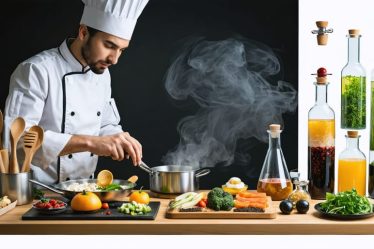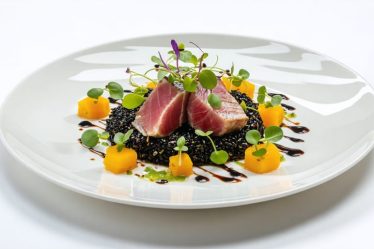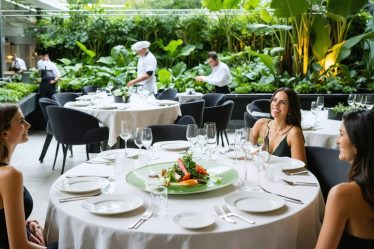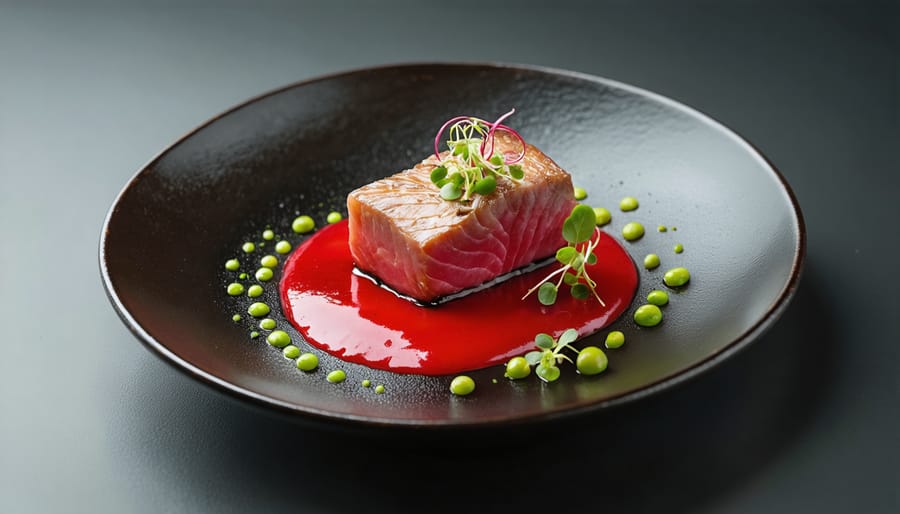
Artists don’t just create – they challenge, transform, and illuminate the world around us. Standing at the intersection of culture, emotion, and social change, an artist’s role extends far beyond the canvas or stage. They serve as society’s mirror, reflecting our deepest truths while imagining bold new possibilities for our future. In my years of exploring creative spaces and connecting with fellow artists, I’ve witnessed how art becomes a universal language that bridges divides and sparks conversations we might otherwise avoid.
Think of artists as emotional archaeologists, digging through layers of human experience to unearth stories that need telling. They translate abstract feelings into tangible forms, helping us process everything from personal joy to collective trauma. Whether through a carefully composed photograph, a provocative installation, or a simple sketch that captures a fleeting moment, artists give shape to the invisible threads that connect us all.
Today’s artists face the unique challenge of creating meaning in an increasingly digital and divided world. Their role has evolved to become both cultural interpreter and social catalyst, using their creative voice to inspire change and foster understanding across communities.
The Artist’s Eye in Culinary Presentation
Color Theory on the Plate
Just like painters use their color palettes to create stunning artwork, chefs carefully select and arrange ingredients to create visually captivating dishes. I remember the first time I learned about complementary colors in cooking – it was a game-changer! Think of a vibrant purple beet puree against golden-seared scallops, or the classic combination of green herbs against red tomatoes.
Professional chefs often follow the color wheel principles to create contrast and harmony on the plate. They might pair orange-glazed carrots with deep blue edible flowers, or contrast white fish with black rice and colorful microgreens. These intentional color combinations don’t just make the food look prettier – they actually stimulate our appetite and enhance our dining experience.
But it’s not just about throwing random colors together. The best chefs understand that different colors evoke different emotional responses. Warm colors like reds and oranges tend to energize and excite, while cooler tones like greens and blues can create a sense of freshness and calm. By thoughtfully combining these elements, chefs transform simple ingredients into artistic expressions that delight both our eyes and palates.
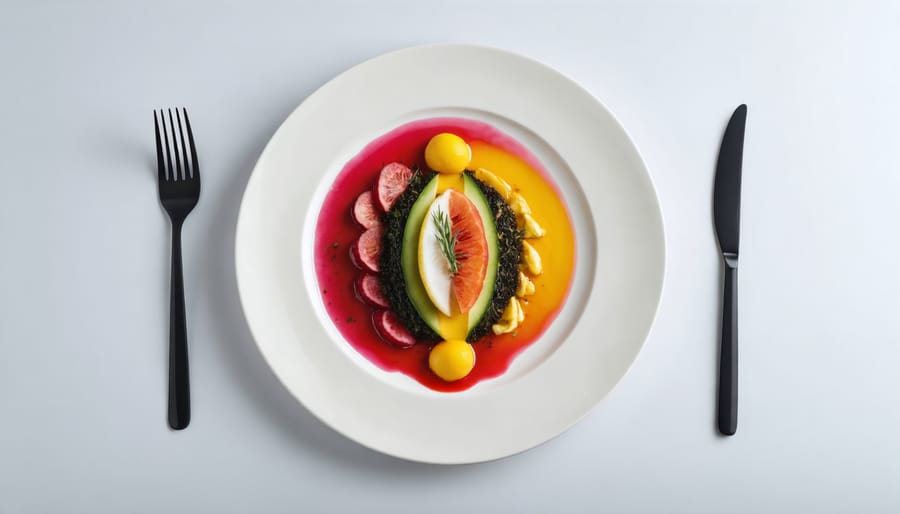
Balance and Composition
Think of your plate as a blank canvas where every element plays a crucial role in creating visual masterpieces in plating. Just as I learned in my early days of food styling, balance isn’t just about spreading ingredients evenly – it’s about creating harmony through thoughtful arrangement and visual weight.
Imagine your plate divided into thirds (both horizontally and vertically), similar to a photographer’s rule of thirds. This mental grid helps you position key elements where they’ll have the most impact. I love placing the main protein slightly off-center, using it as an anchor point from which other components can flow naturally.
Color plays a magical role too – I always ensure there’s a mix of hues that complement each other without overwhelming the eye. Think about height as well; varying levels add dimension and drama to your presentation. Remember, negative space (the empty areas on your plate) is just as important as the filled spaces – it gives your composition room to breathe and allows each element to shine.
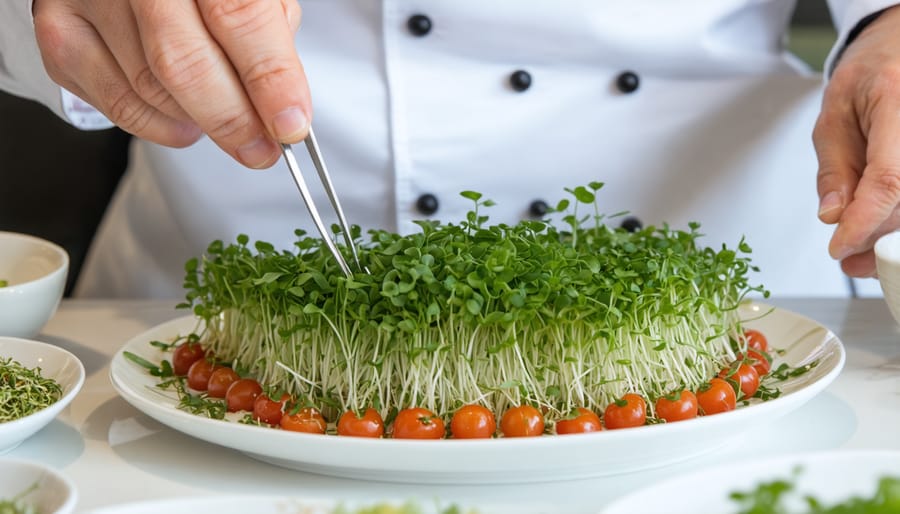
Creative Expression Through Food
Telling Stories Through Plating
Every plate tells a story, and as culinary artists, we have the unique opportunity to share cultural narratives and personal experiences through our presentations. I remember watching my grandmother arrange her signature Mediterranean mezze platter – each component carefully positioned to honor generations of family traditions. That’s the magic of thoughtful plating; it transforms meals into meaningful moments.
When we plate with intention, we’re not just making food look pretty. We’re sharing pieces of our heritage, memories, and creative vision. A Japanese chef might arrange sushi to reflect the changing seasons, while a Mexican chef could plate enchiladas to showcase the vibrant colors of their hometown marketplace. These visual stories create emotional connections with diners before they take their first bite.
Personal experiences also shape our plating choices. Maybe you arrange your desserts in a way that reminds you of childhood visits to the local bakery, or perhaps you’ve developed a signature style inspired by your travels. Even the negative space on a plate can tell a story – sometimes what we choose not to include speaks volumes.
The beauty of culinary storytelling lies in its accessibility. Whether you’re plating a family dinner or preparing a special celebration meal, each arrangement is an opportunity to share something meaningful about yourself and your journey.
Seasonal Inspiration
Nature offers an ever-changing palette that can transform your plating designs throughout the year. Just as painters draw inspiration from seasonal landscapes, culinary artists can harness the vibrant colors and textures that each season brings. Understanding seasonal ingredients in cooking isn’t just about freshness – it’s about creating visual stories that resonate with diners’ emotional connections to different times of the year.
Spring calls for delicate arrangements with tender greens, edible flowers, and pastel hues that mirror nature’s awakening. Summer brings bold opportunities with sun-ripened tomatoes, golden corn, and jewel-toned berries that can create striking color contrasts on the plate. As autumn arrives, embrace the warm earth tones of roasted root vegetables, mushrooms, and falling leaves as inspiration for more grounded, comfortable presentations. Winter plates can reflect the season’s quiet beauty through careful use of deep greens, pristine whites, and preserved elements that speak to nature’s resilience.
Remember that seasonal plating isn’t just about ingredients – it’s about capturing the mood and energy of each season. Let the natural world guide your artistic choices, whether you’re creating a light summer salad or a hearty winter feast. This connection to nature’s rhythm helps create more meaningful and authentic dining experiences.
Bridging Tradition and Innovation
Modern Interpretations
Today’s artists are redefining their roles in exciting and dynamic ways, breaking free from traditional boundaries while honoring timeless principles. Social media has transformed how artists connect with their audience, creating intimate digital galleries where creativity meets community. Many contemporary artists see themselves as storytellers and advocates, using their work to spark conversations about social justice, environmental concerns, and personal growth.
The digital age has also revolutionized how we experience art, with virtual reality installations and interactive exhibits becoming increasingly common. Artists are embracing technology not just as a tool, but as a medium itself, creating works that blur the lines between physical and digital realms. This evolution mirrors what we see in fine dining presentation, where traditional techniques meet modern innovation.
What’s particularly inspiring is how today’s artists often collaborate across disciplines, creating immersive experiences that engage multiple senses. They’re not just creators but facilitators of experiences, curators of emotions, and catalysts for change. This multifaceted approach reflects our interconnected world, where art serves not only as personal expression but as a bridge between cultures and perspectives.

Technology Meets Artistry
Today’s artists have an incredible array of digital tools at their fingertips, transforming the way they bring their visions to life. From tablets and styluses that mimic traditional brushstrokes to 3D printing technology that turns digital designs into tangible sculptures, these innovations aren’t replacing creativity – they’re amplifying it.
I recently chatted with Maya, a digital artist who seamlessly blends traditional painting techniques with digital art. “Technology gives me the confidence to experiment,” she shared. “I can try bold new approaches knowing I can always undo or adjust if needed.”
But it’s not just about digital art. Musicians are composing with AI-assisted tools, photographers are pushing boundaries with computational photography, and sculptors are exploring virtual reality to visualize their works before touching clay. These tools are democratizing art creation, making it more accessible to anyone with a creative spark.
The key is finding your personal sweet spot between traditional methods and modern technology. Some artists prefer a hybrid approach, starting with hand sketches before moving to digital refinement, while others dive straight into digital creation.
The Impact of Social Media
Remember when we used to plate our dishes without thinking about how they’d look on camera? Those days feel like a distant memory! Social media, especially Instagram, has completely transformed how we think about food presentation, turning every plate into a potential masterpiece worthy of sharing with the world.
I’ve noticed how my own approach to plating has evolved since joining Instagram. What started as casual food photos has become a creative exercise in composition, color theory, and styling. Like many of you, I’ve found myself reaching for those perfectly imperfect ceramic plates, playing with negative space, and carefully positioning ingredients to catch the best natural light.
The influence of social media on plating aesthetics has created a fascinating ripple effect throughout the culinary world. Chefs are now designing dishes with their “Instagram moment” in mind, using vibrant edible flowers, dramatic sauce swooshes, and geometric arrangements that pop on screen. Even home cooks are embracing these artistic principles, turning ordinary weeknight dinners into photo-worthy presentations.
But it’s not just about getting likes – this social media revolution has democratized food artistry. Through platforms like Instagram and Pinterest, we can instantly access endless inspiration and learn from culinary artists worldwide. We’re seeing beautiful fusion of traditional plating techniques with modern, minimalist approaches, creating a new visual language in food presentation.
While some might argue that this focus on aesthetics has gone too far, I believe social media has helped us rediscover the joy of presenting food as art, making every meal an opportunity to express creativity and bring beauty to our daily lives.
As we reflect on the evolving role of the culinary artist, it’s clear that food has transcended its basic function of sustenance to become a powerful medium of creative expression. Today’s chefs aren’t just cooking meals; they’re telling stories, preserving traditions, and pushing boundaries in ways that continue to surprise and delight us. I’ve watched countless home cooks transform from being intimidated by presentation to embracing their inner artist, proving that culinary creativity isn’t limited to professional kitchens.
The beauty of modern culinary artistry lies in its accessibility and diversity. Whether you’re plating a simple weeknight dinner or preparing a special celebration meal, there’s always room to add your personal artistic touch. Social media has created a global community where food artists inspire each other, share techniques, and celebrate creativity in all its forms.
Looking ahead, the role of the culinary artist will only grow in importance as we seek more meaningful connections through food. After all, when we create beautiful, thoughtful dishes, we’re not just feeding bodies – we’re nourishing souls, creating memories, and carrying forward an artistic tradition that’s as old as civilization itself.

